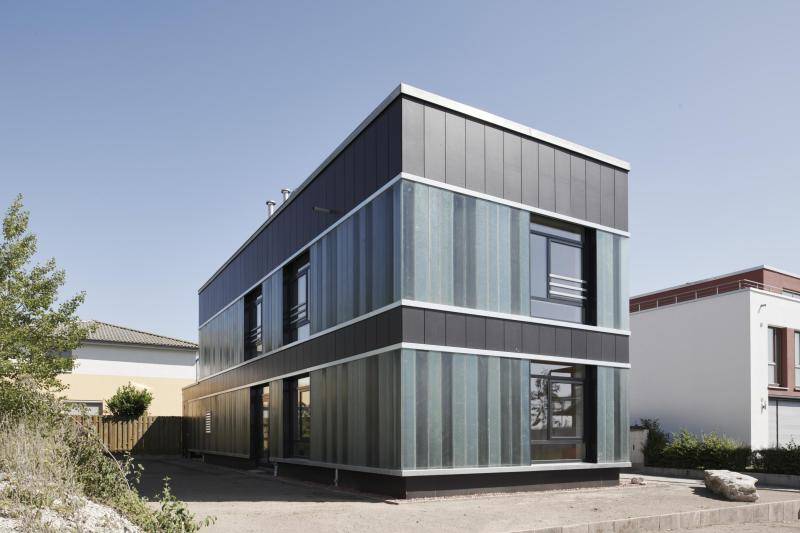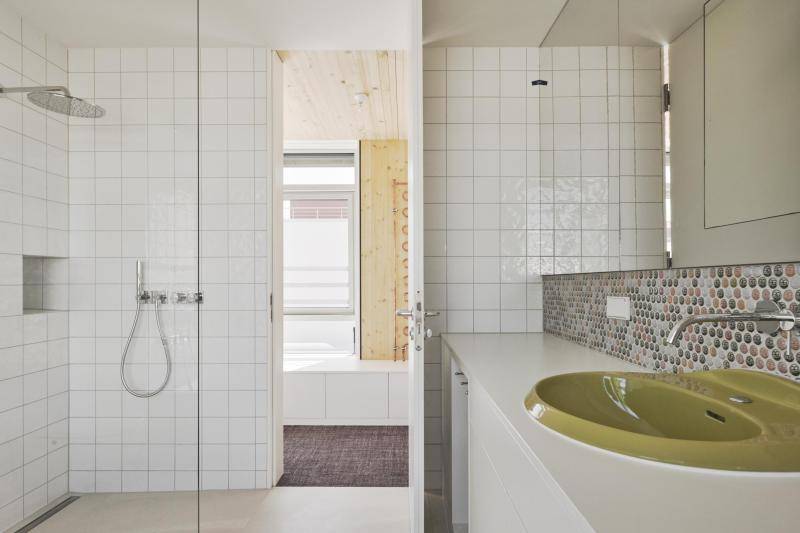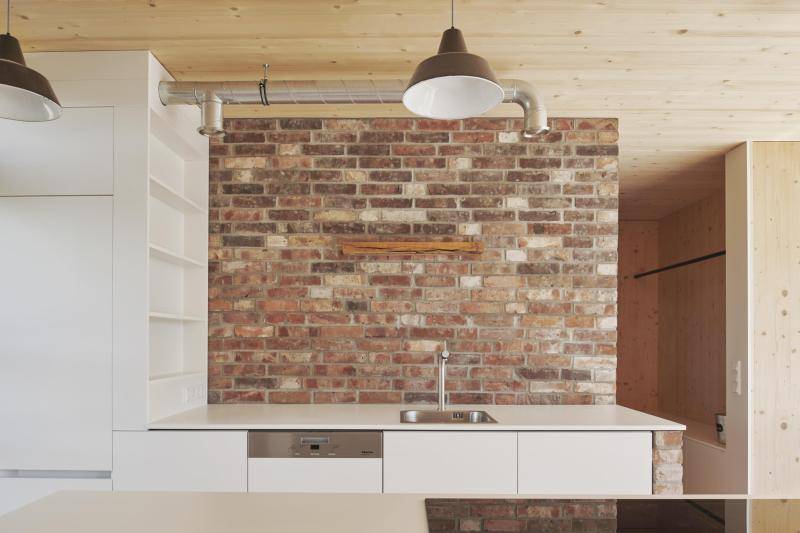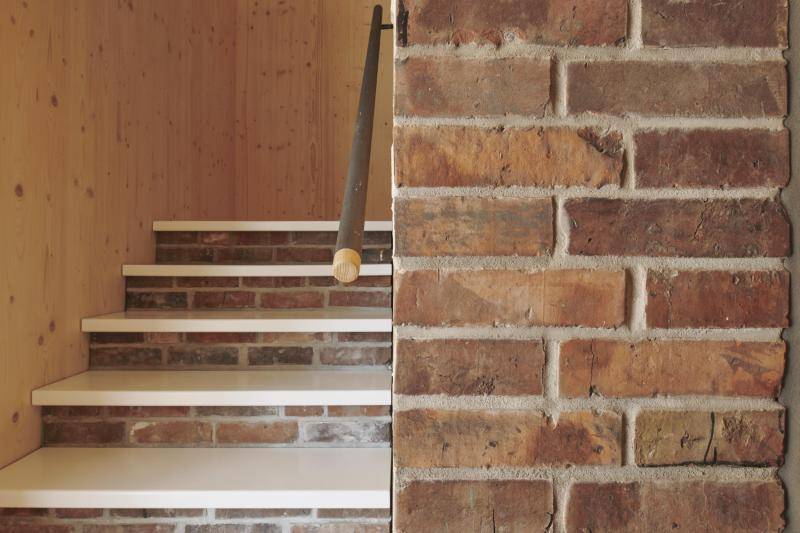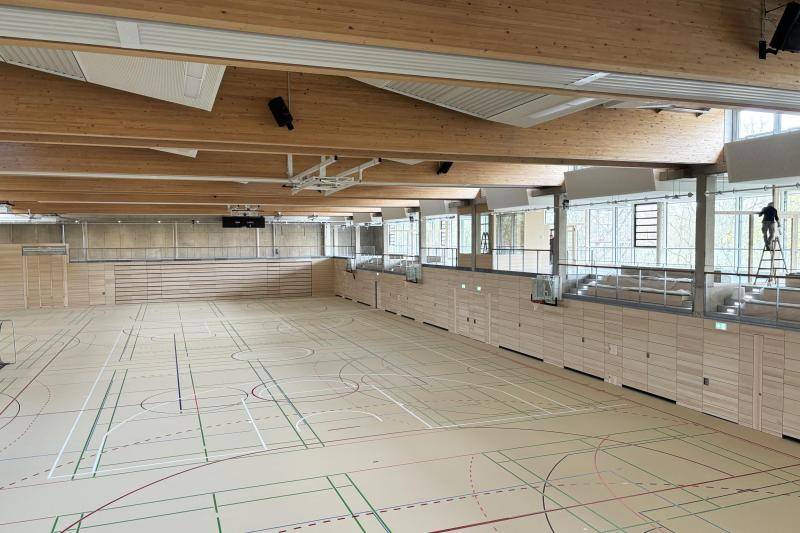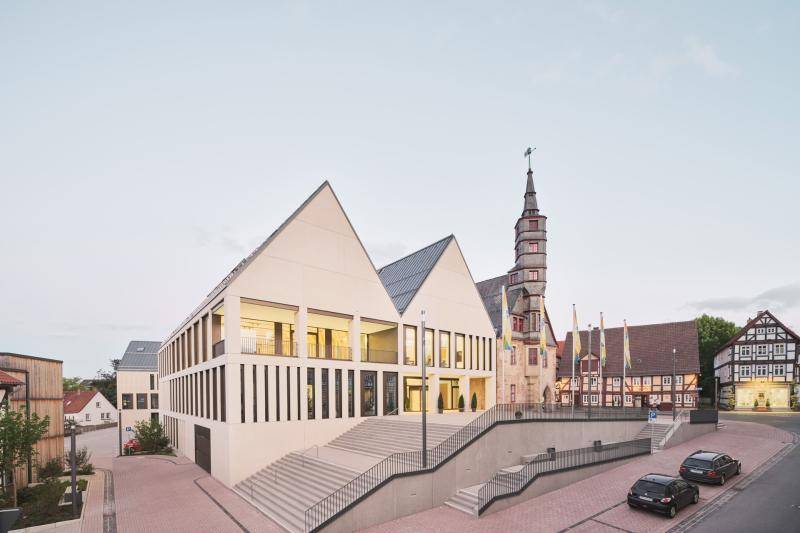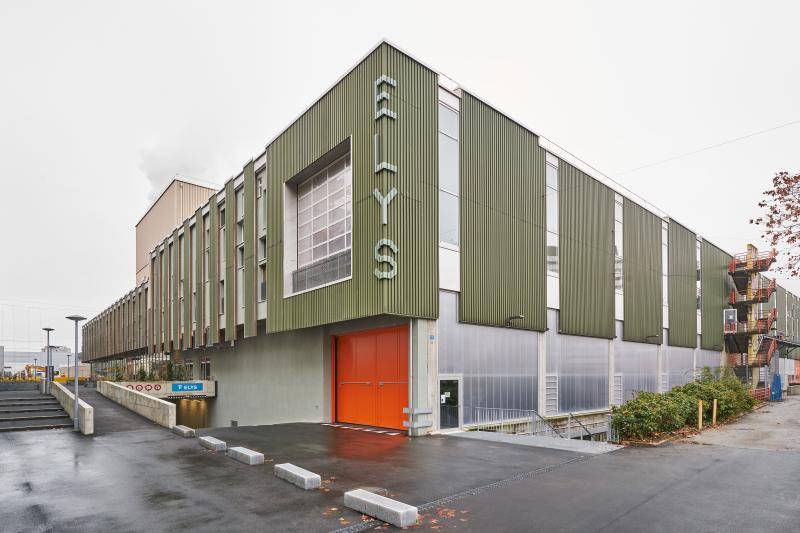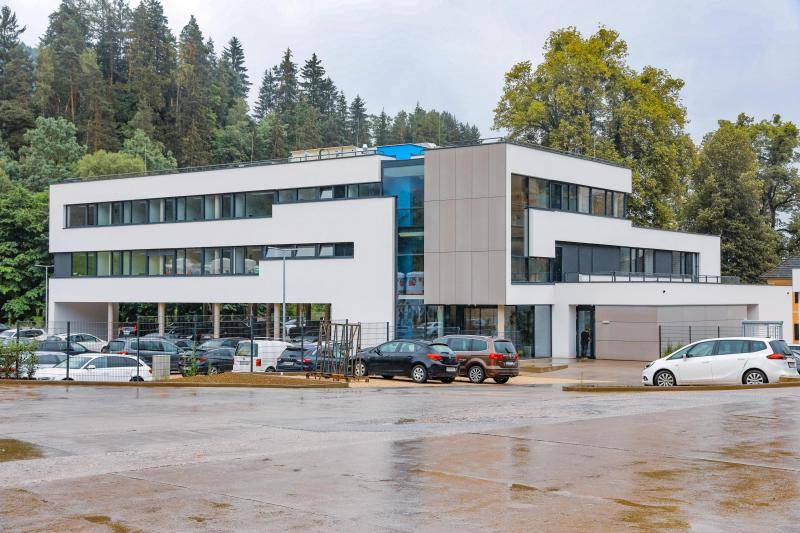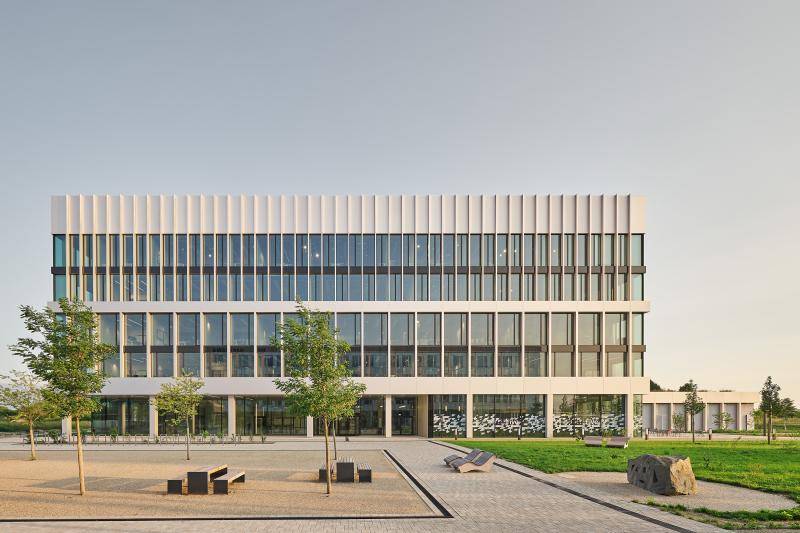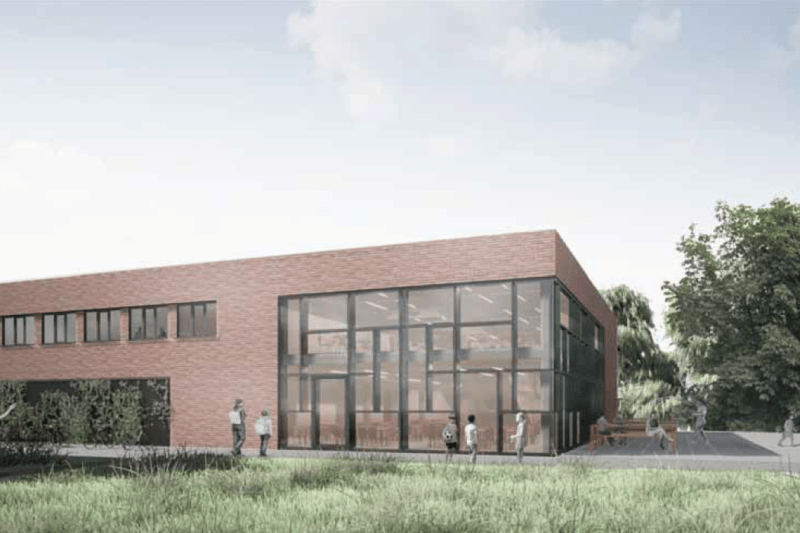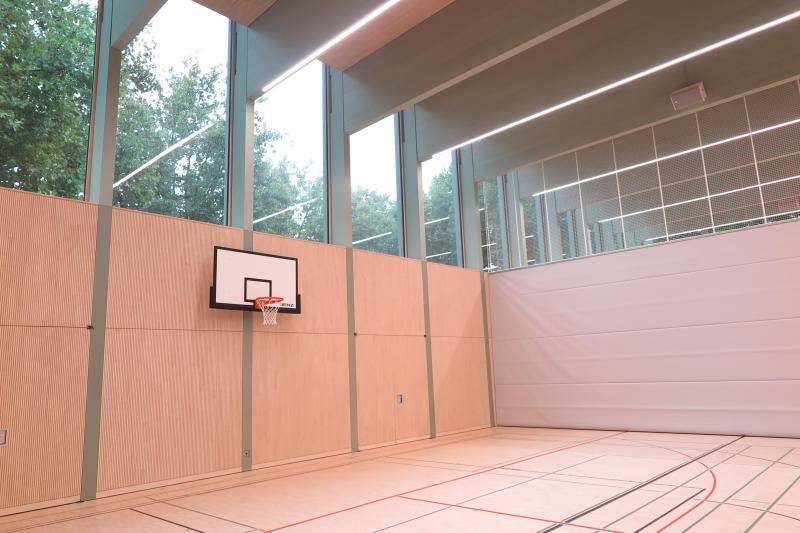Recyclinghouse Hannover
The motto ‘waste nothing’ applies particularly to this house in Hanover: the recycling house aims to significantly reduce waste and grey energy in the construction process.
To avoid long transport routes, used components were collected directly in the Hanover region. The shell is glue-free and fully recyclable. Eternit panels, profiled glass, corrugated iron and old sauna benches were used for the façade, which consists of 90 per cent recycled materials. The foundations are made of recycled concrete with a 42 per cent share of used materials.
Around 100 tonnes of CO₂ are bound in the building, which will only be released at the end of its service life. The planners attached great importance to separable building materials so that the building can later be dismantled according to type.
2019
285 m²
Gundlach GmbH & Co. KG Wohnungsunternehmen, Hannover
DREWES + SPETH Beratende Ingenieure im Bauwesen Partnerschaftsgesellschaft mbB, Hannover (Statik) / H2A – v. Heeren Habibi Architekt und Ingenieur PartGmbB, Hannover (Bauphysik) / TGW Planungsgesellschaft für Gebäudetechnik mbH, Hannover (Haustechnik)/ Rombach Bauholz + Abbund GmbH, Oberharmersbach (Massivholzelemente)
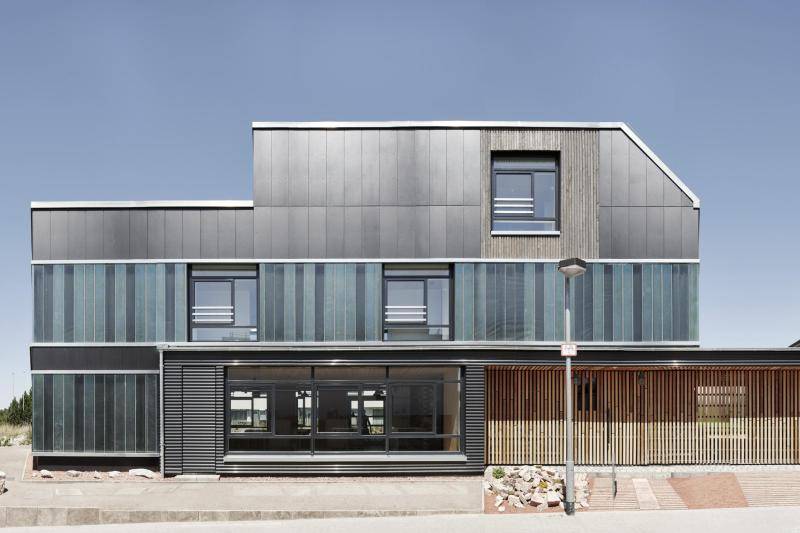
The recycling house is an experimental residential building in Hanover's Kronsberg district. It is a prototype that tests the possibilities and potential of various types of recycling in a real-life laboratory and demonstrates a cycle-orientated and resource-saving planning approach.
On the one hand, the recycling house relies on recyclable building products such as the shell made of solid wood elements assembled without glue. On the other hand, recycled materials such as the foundation made from recycled concrete or façade insulation made from recycled jute sacks are used. However, a large number of used components are also used in their entirety, which, where possible, come from the client GUNDLACH's own building stock or are sourced locally.
A particularly decisive factor here is a recycling-friendly construction method that allows the components to be utilised and dismantled without any loss of quality or enables the building materials to be separated by type at the end of their service life. (Text: Cityförster)
